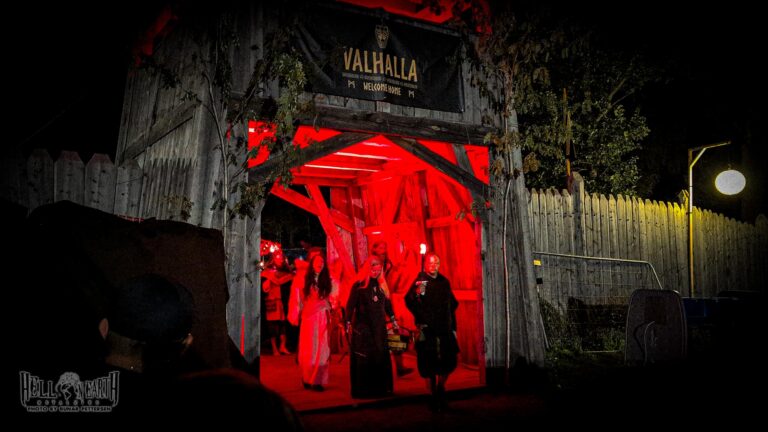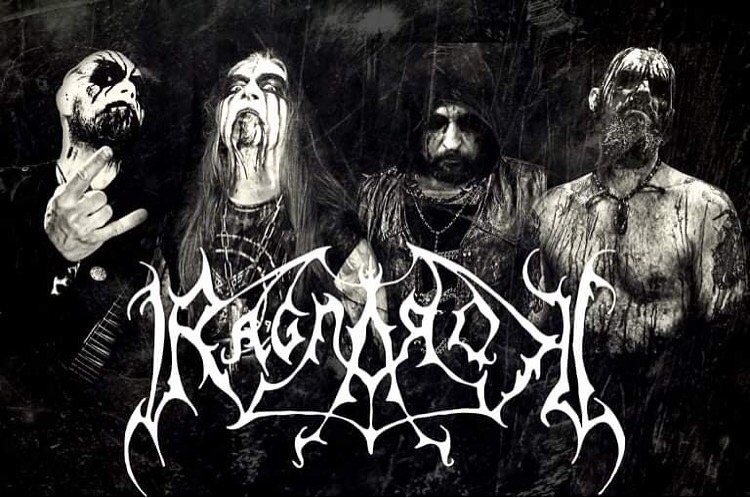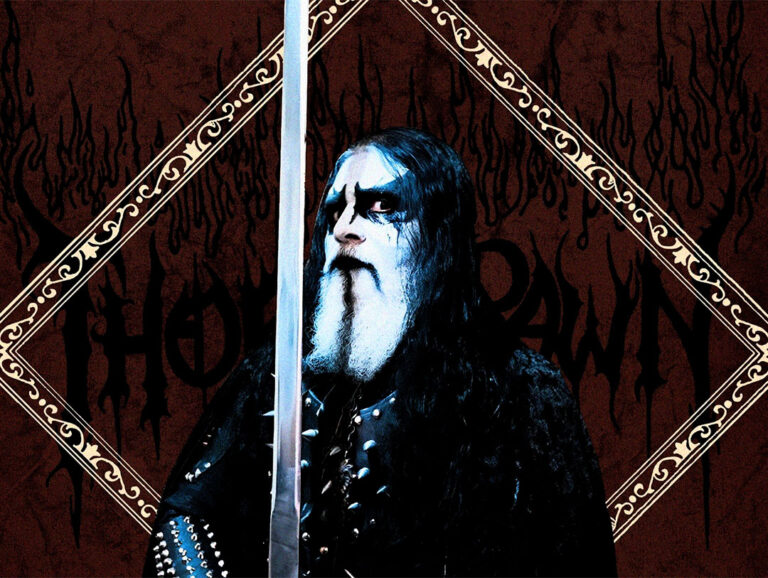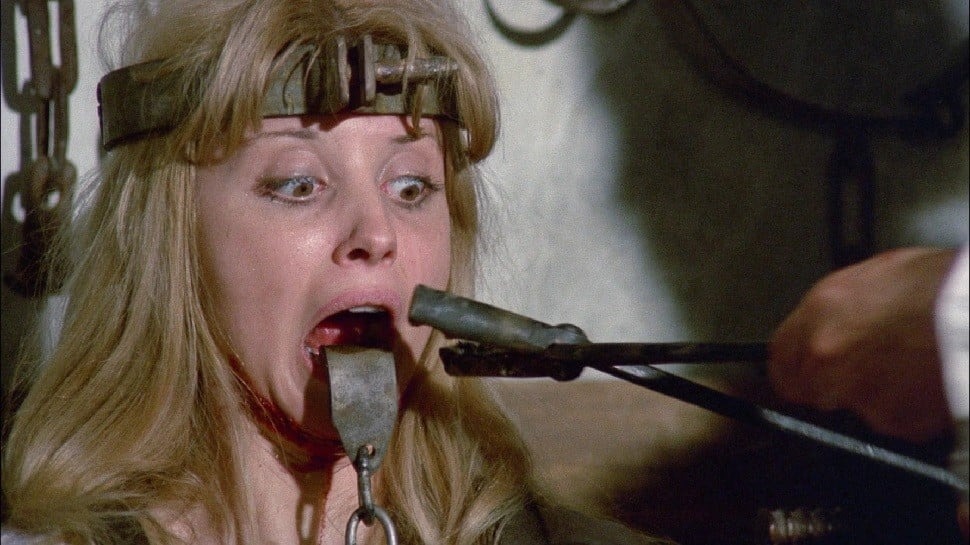
In a small town, Albino (Reggie Nalder) serves as the local Witchfinder General—and abuses his position to the fullest. Everyone fears him, especially young attractive women, whom Albino and his men frequently rape before accusing them of witchcraft. The accused are then dragged off to the torture chamber, where the most bizarre and grotesque instruments are put to use.
One day, Christian (Udo Kier), a young apprentice of the chief witch hunter Count Cumberland (Herbert Lom), arrives in town. Christian is deeply disturbed by Albino’s methods. When Albino accuses the beautiful barmaid Vanessa Benedikt (Olivera Vuco) of witchcraft after she refuses to sleep with him, Christian has had enough. He orders one of his assistants to whip Albino as punishment.
This film is a brutal commentary on the horrors committed in the name of God, focusing on one of Christianity’s darkest chapters: the witch hunts.
A German production, Mark of the Devil shares thematic elements with films like The Bloody Judge and Witchfinder General, but stylistically, it feels closer to the Hammer Horror films of the same era—though it is far more graphic. Not just in terms of blood and gore (of which there is plenty), but especially in its well-crafted and frequent torture scenes. The film famously came with barf bags when shown in cinemas.
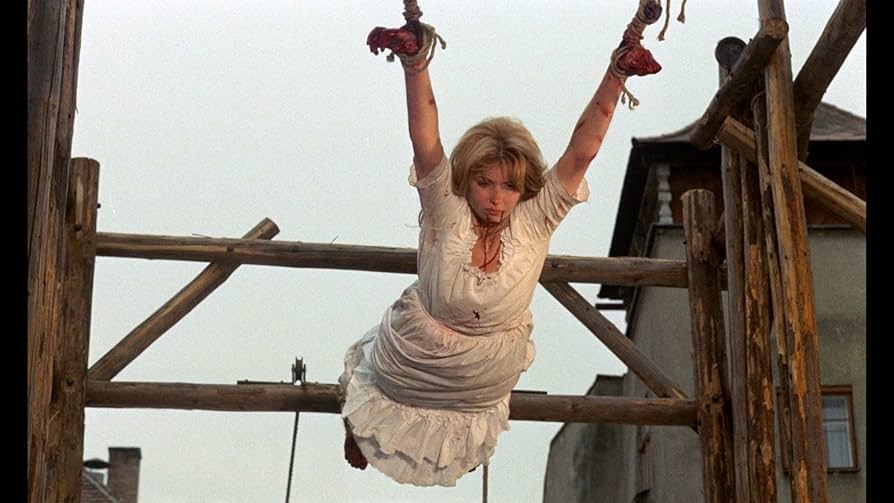
The story is surprisingly strong, with constant developments that keep the viewer engaged. Direction is impressive and occasionally even original, featuring scenes that stand out for their creativity. The cast is also excellent: a young Udo Kier (Blood for Dracula) gives a strong early-career performance, while veteran Herbert Lom (The Pink Panther) is both powerful and convincing. Reggie Nalder (The Bird with the Crystal Plumage) is unforgettable in the role of Albino. The soundtrack by Michael Holm complements the film’s tone very well.
Originally, writer and co-producer Adrian Hoven envisioned the film as a horrific blend of pornography, vampires, black masses, orgies, and sexual violence involving witches. The head of Gloria Films agreed to finance it, initially hoping to hire Witchfinder General director Michael Reeves. After Reeves’ untimely death, Michael Armstrong was brought in. Armstrong discarded much of Hoven’s material, including the vampire elements and pornographic undertones. Rumour has it Armstrong was experimenting with drugs at the time, and Hoven was allowed to direct many of the scenes he had originally intended to include. It’s said that about 60% of the final film was directed by Hoven.
The film remains divisive—both loved and hated—which is in itself a positive sign. It provokes strong reactions and engages the viewer. Reportedly, three of the witch trial cases depicted are based on real historical events, which adds another layer of interest. The film also includes many memorable scenes, especially the torture sequences. The infamous tongue scene and the legendary drip-on-the-forehead scene stand out in particular. The latter is especially effective, using clever camerawork to illustrate how the victim gradually loses their sanity during the torture—a near-genius moment of filmmaking.
There’s a lot of surreal visual experimentation throughout, which succeeds in being both original and stylish. In the end, Mark of the Devil is a visually bold, graphically intense, and historically provocative film that leaves a lasting impression—whether you love it or hate it.


